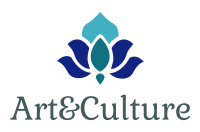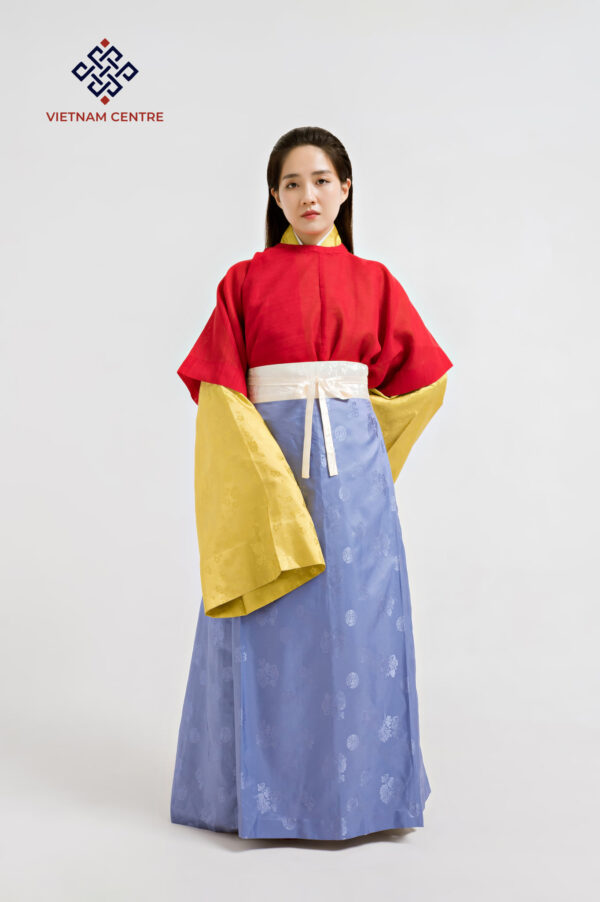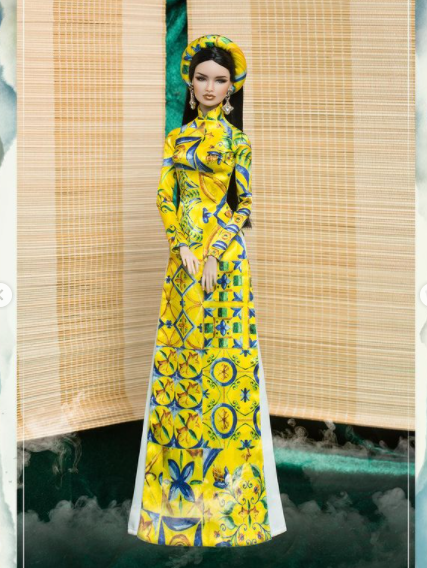Costumes displayed in the Murals of Dunhuang(敦煌) Mogao Caves(莫高窟)
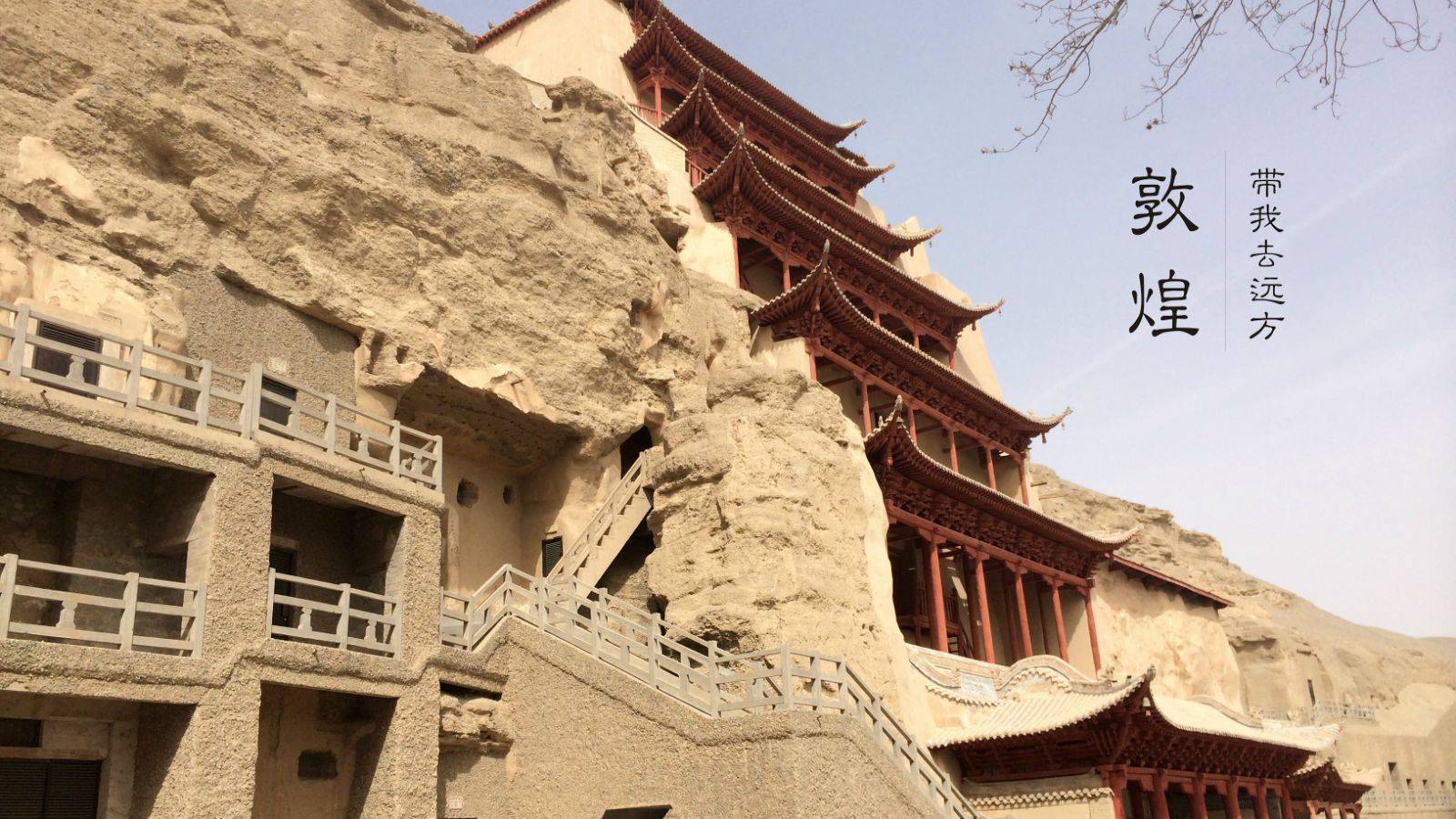
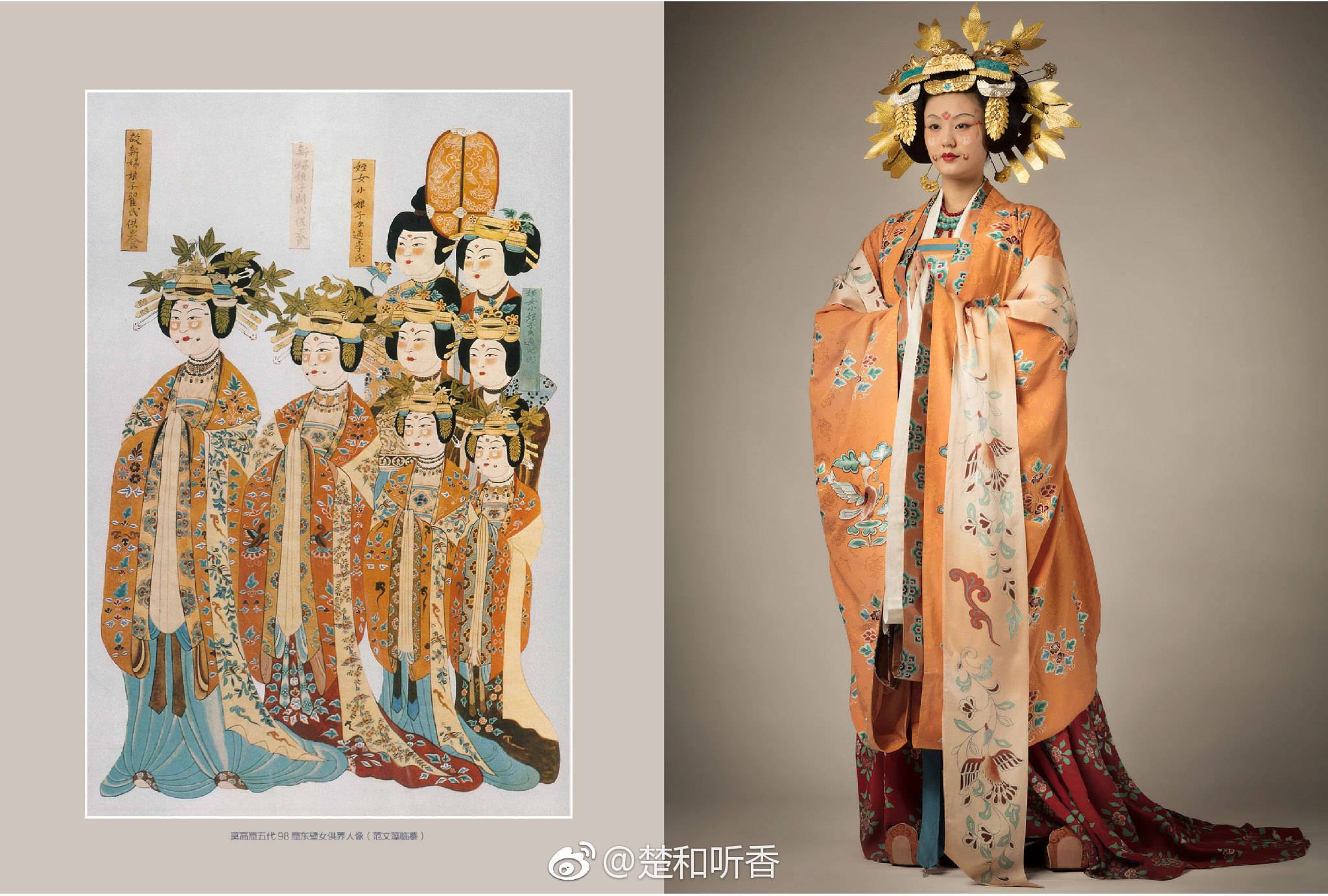
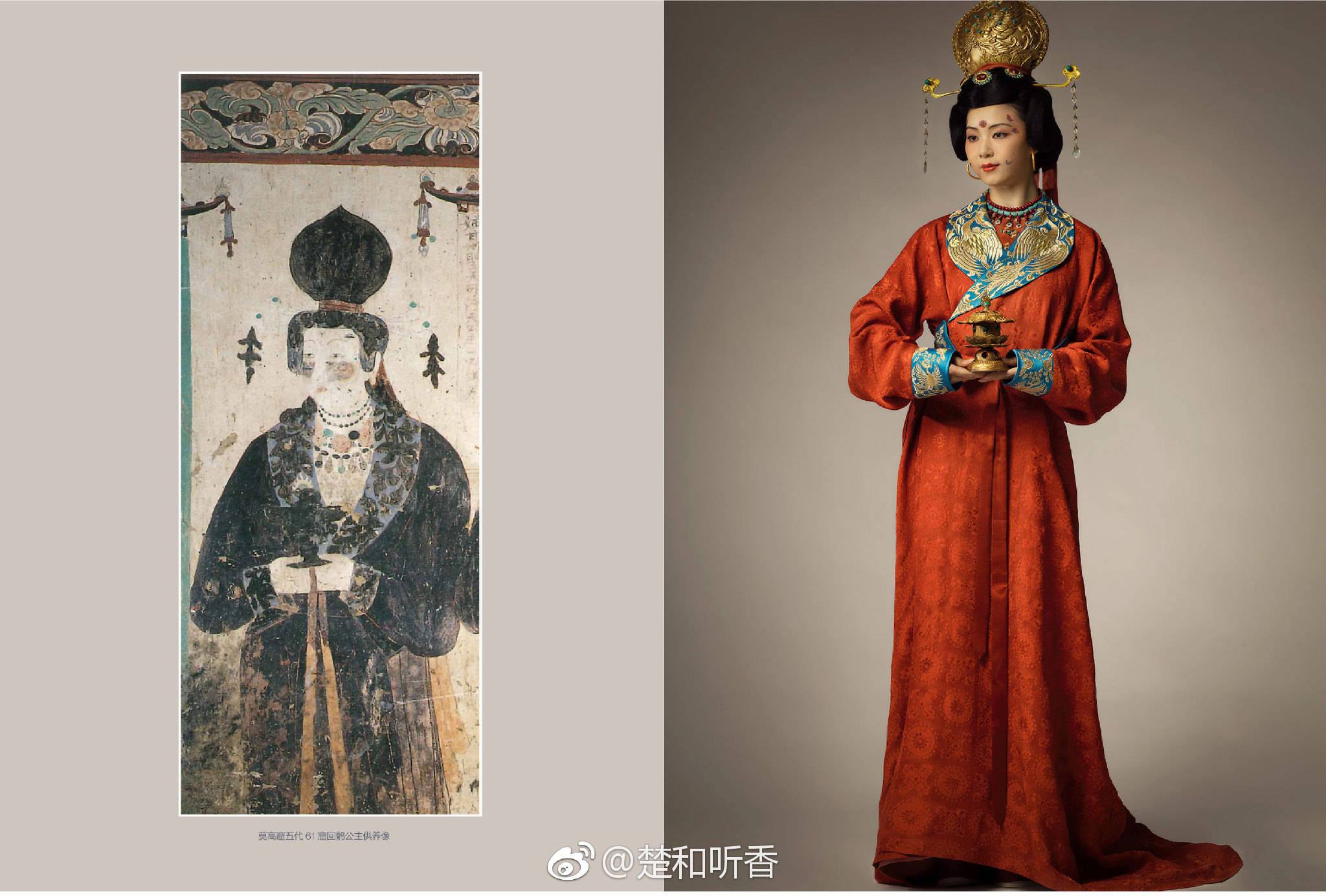
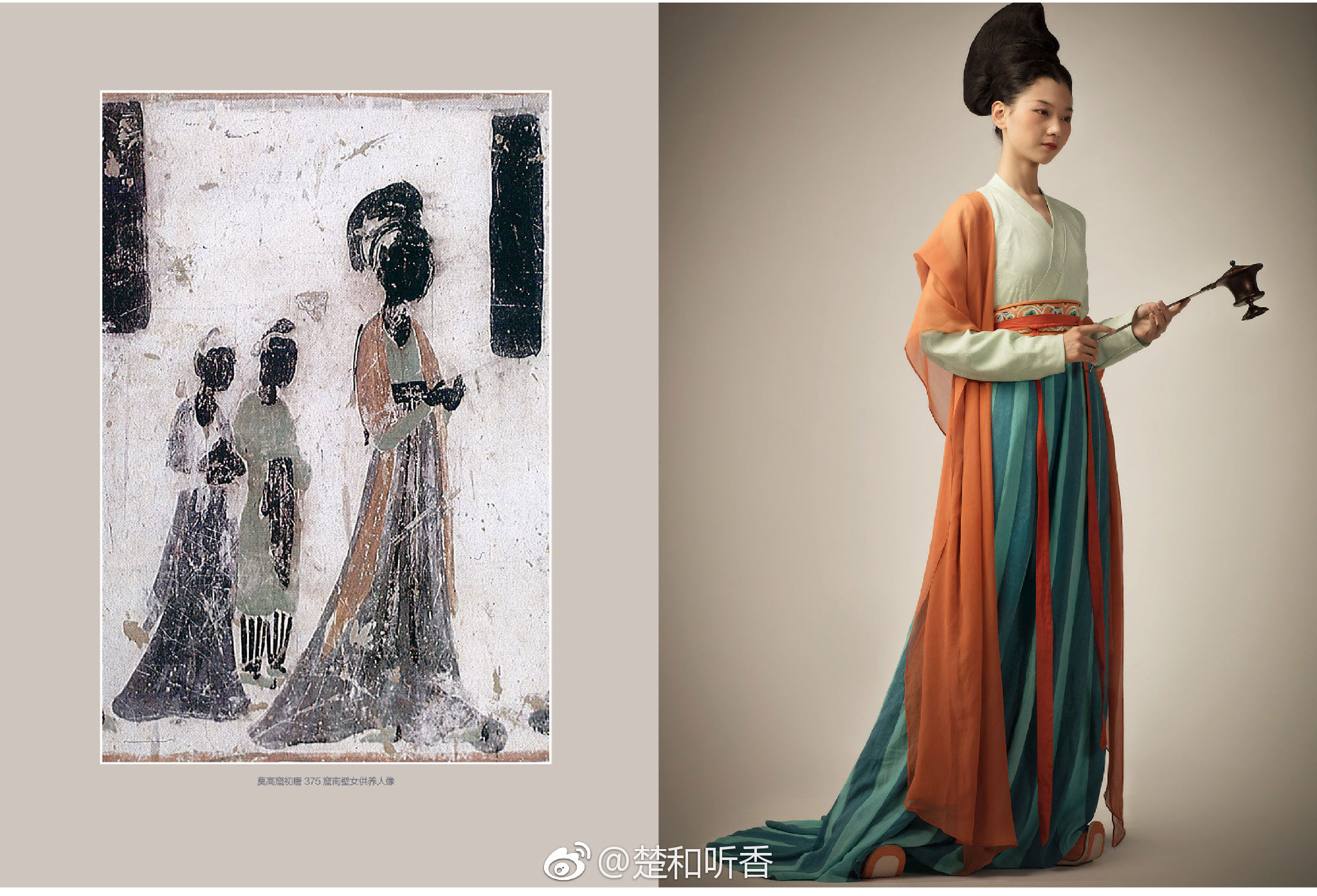
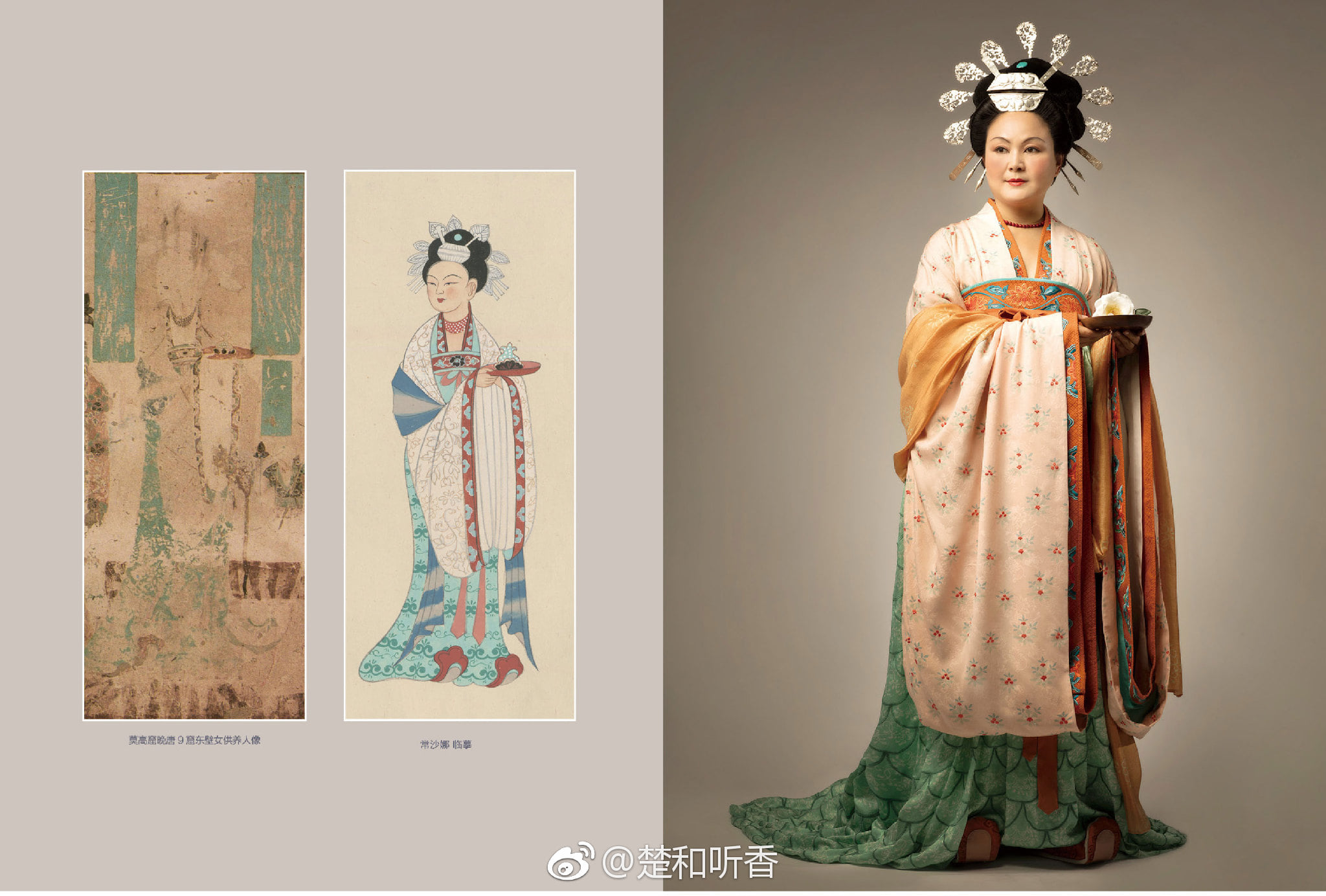
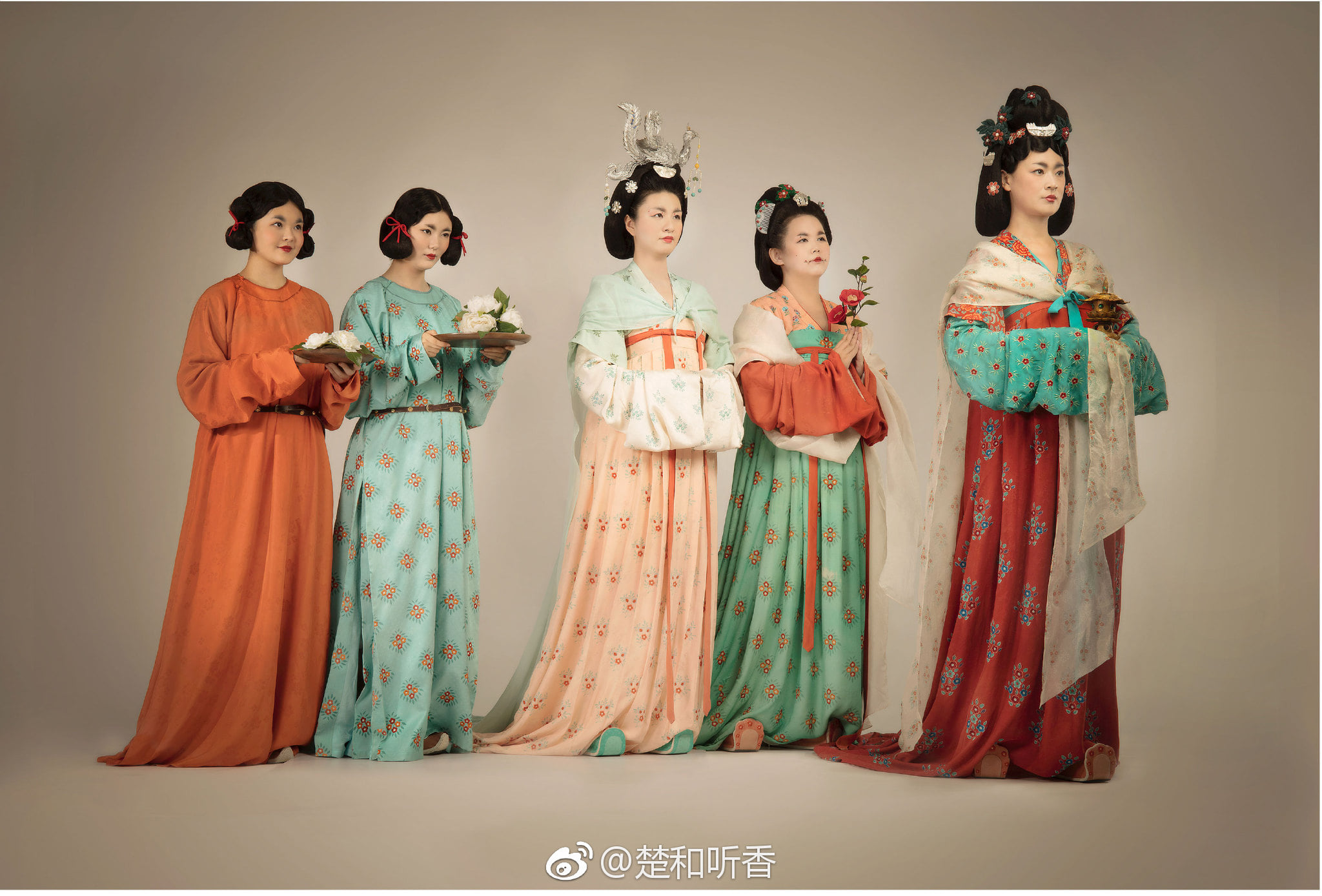
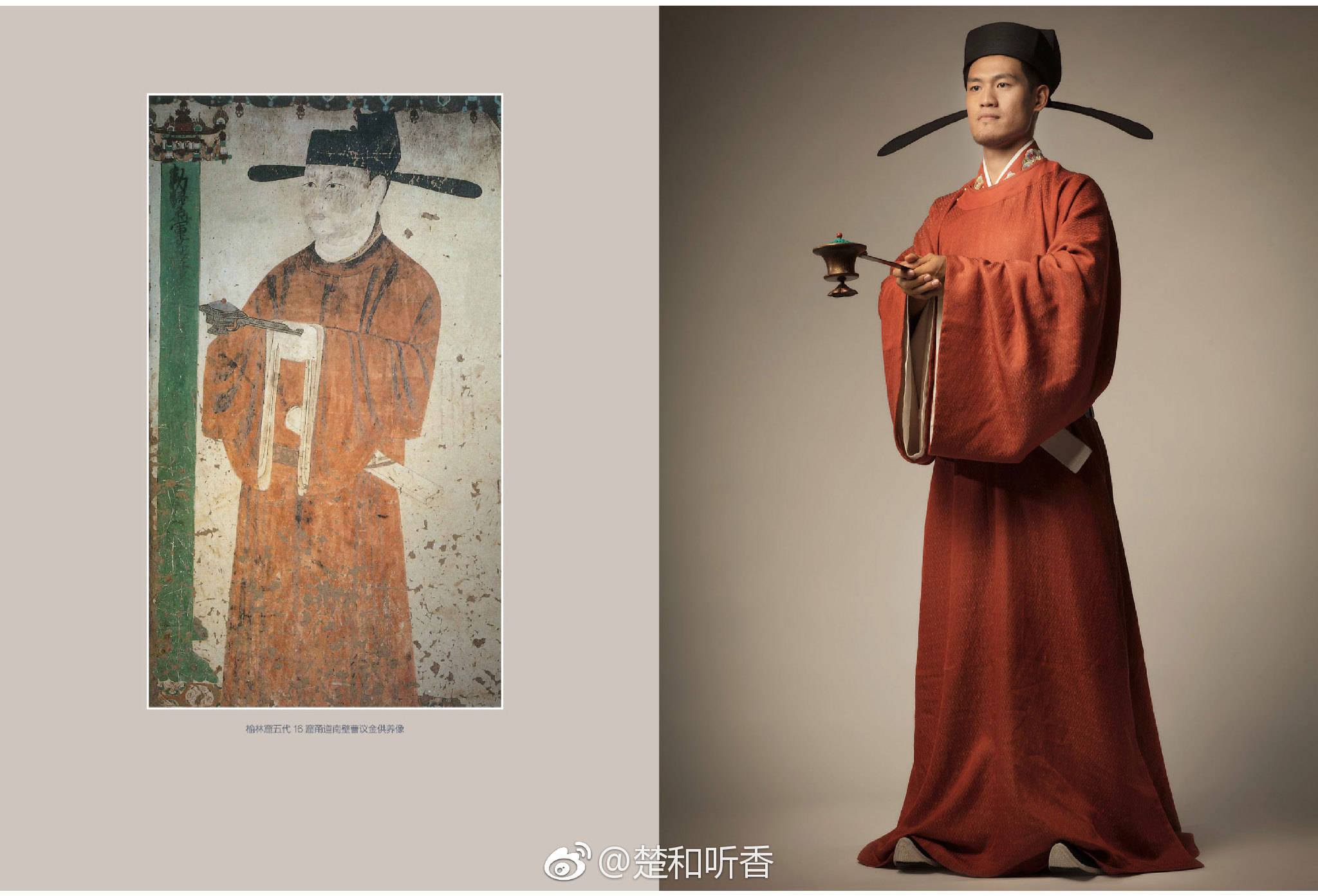
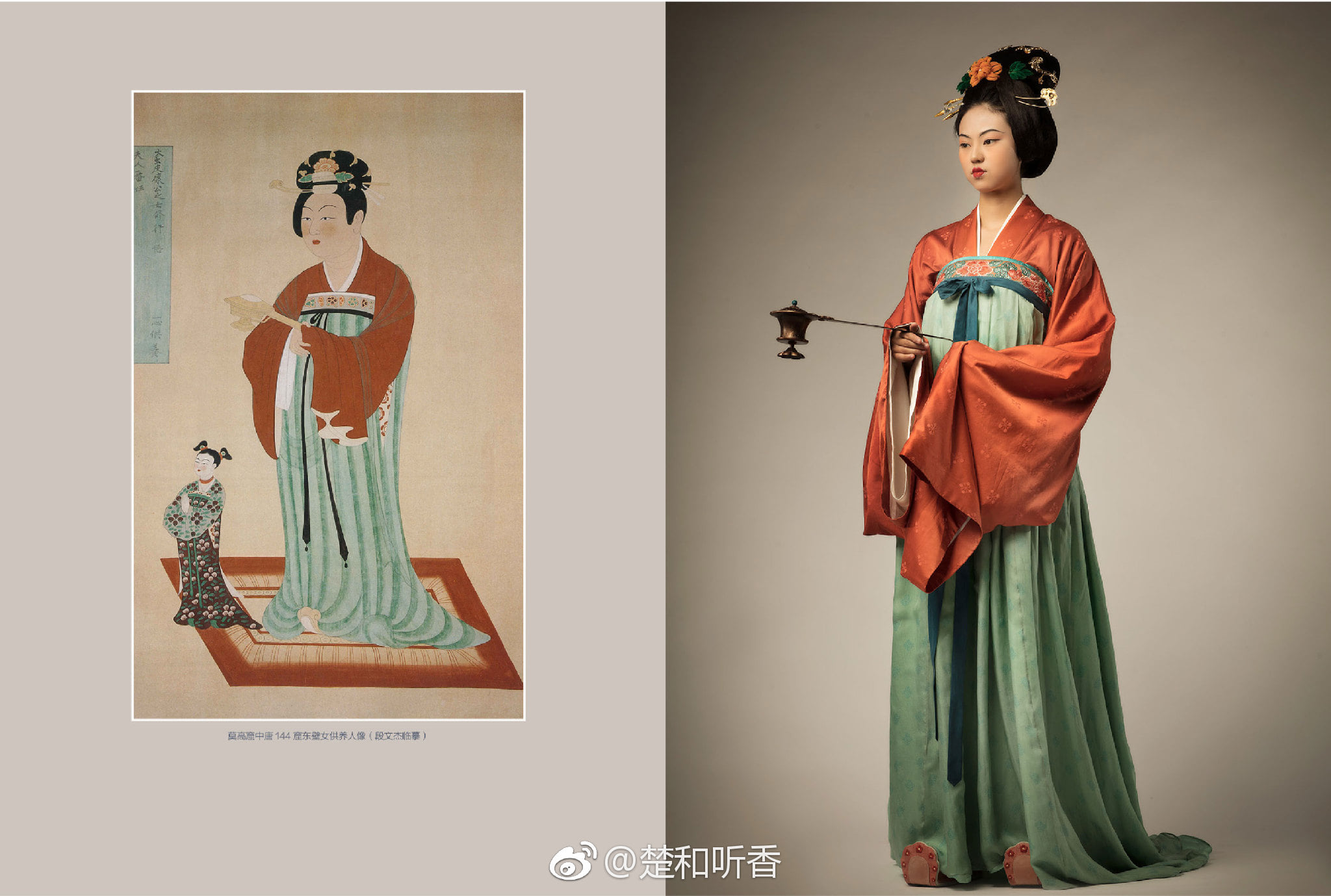
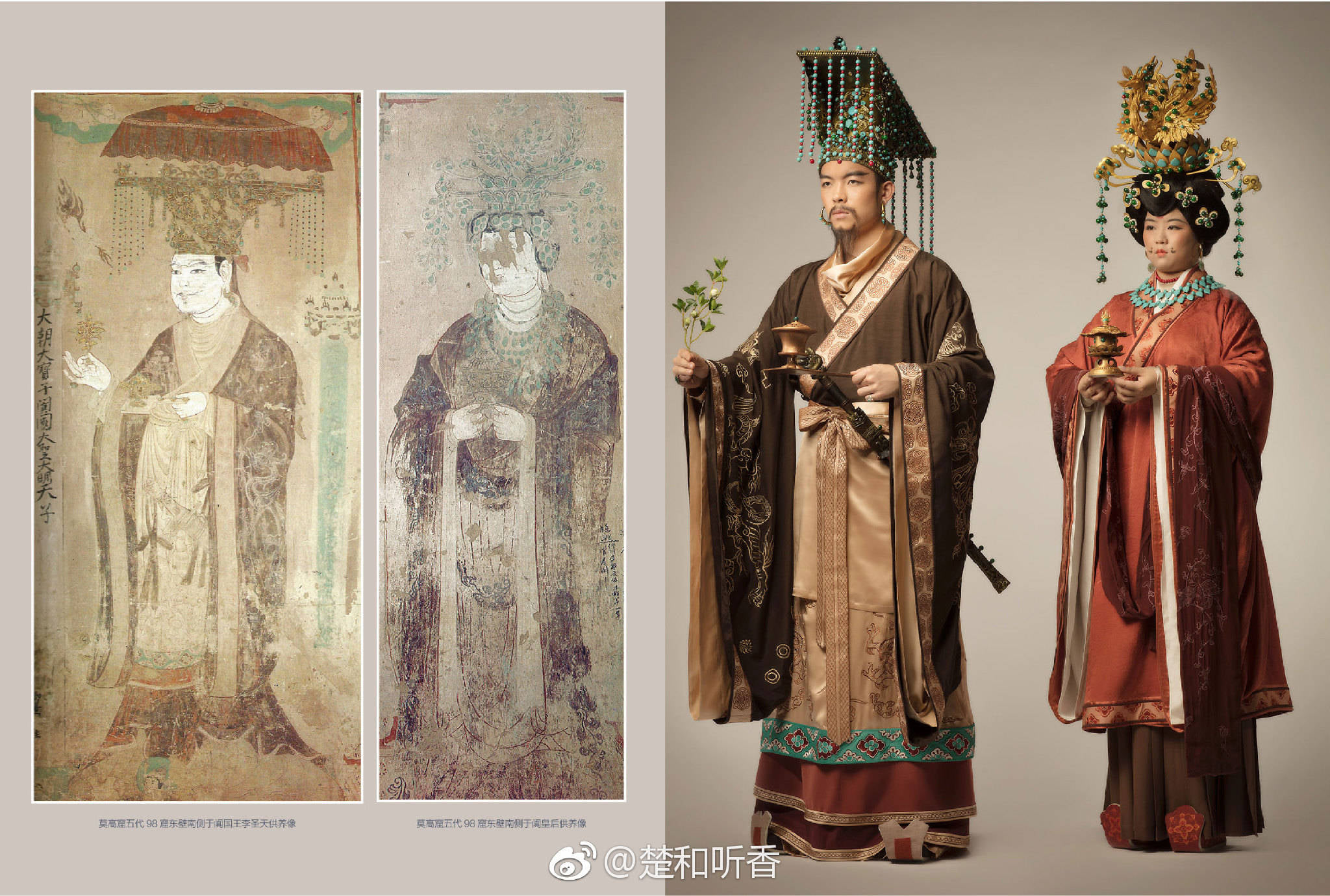
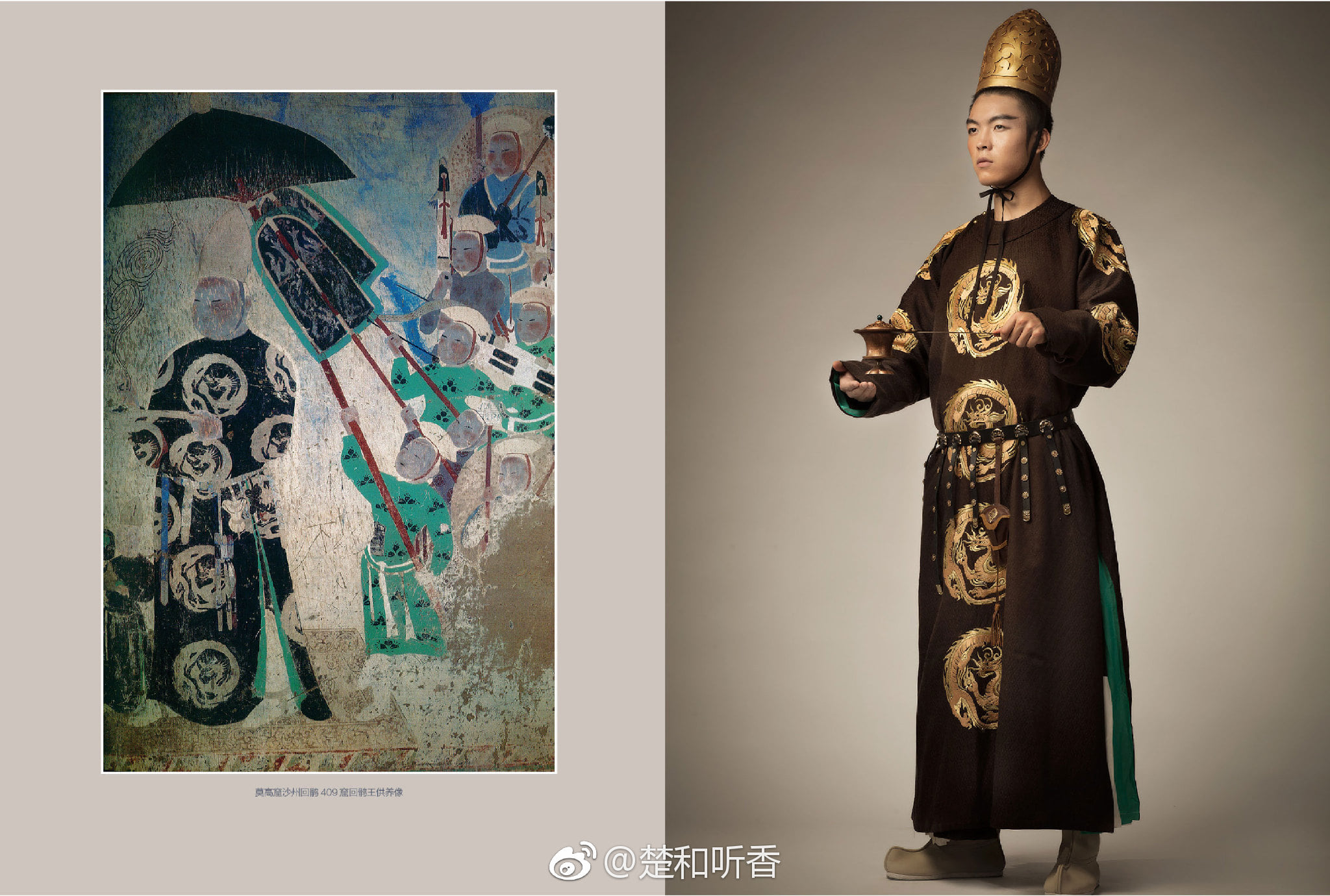
The Mogao Caves, also known as the Thousand Buddha Grottoes or Caves of the Thousand Buddhas.
It formed a system of 500 temples[1] 25 km (16 mi) southeast of the center of Dunhuang, an oasis located at a religious and cultural crossroads on the Silk Road, in Gansu province, China.
The caves may also be known as the Dunhuang Caves; however, this term is also used as a collective term to include other Buddhist cave sites in and around the Dunhuang area, such as the Western Thousand Buddha Caves, Eastern Thousand Buddha Caves, Yulin Caves, and Five Temple Caves.
The caves contain some of the finest examples of Buddhist art spanning a period of 1,000 years.[2] The first caves were dug out in AD 366 as places of Buddhist meditation and worship.[2][3]
The Mogao Caves are the best known of the Chinese Buddhist grottoes and, along with Longmen Grottoes and Yungang Grottoes, are one of the three famous ancient Buddhist sculptural sites of China.
Costumes displayed in the Murals of Dunhuang
CHECK OUT MY CHANNEL https://youtu.be/Rm_PnqW6Jws
